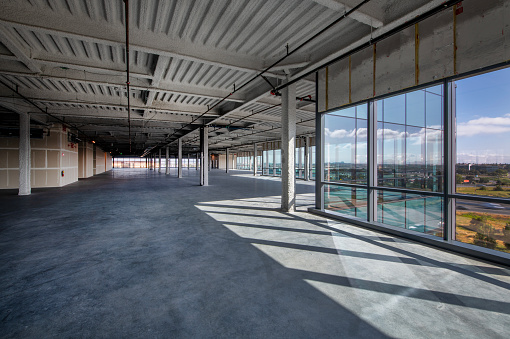Understanding Vacancy Clauses in Commercial Property Insurance
Vacancy is a common but often overlooked challenge that can create significant insurance complications for commercial property owners and tenants. Whether you own an office building, a retail property, or an industrial facility, understanding how vacancy is defined in your insurance policy is crucial. The way your property’s occupancy status is classified can directly affect your coverage, your claim outcomes, and ultimately, your bottom line.
What Is a Vacancy Clause?
Most commercial property insurance policies are based on standardized forms developed by the Insurance Services Office (ISO). These forms contain specific provisions, called vacancy clauses, that define when a property is considered vacant and what that means for insurance protection. According to typical ISO wording, a building owned by the insured may be classified as vacant if less than 31% of its square footage is being used for its customary operations.
For tenants who insure only the portion of the building they occupy, vacancy is determined differently. A rented space is typically deemed vacant if it contains insufficient business personal property to carry out normal operations. It is important to note that buildings under active construction or renovation are generally not classified as vacant because the work being performed indicates intended occupancy.
Why Does Vacancy Matter?
The vacancy clause matters because it can significantly limit your insurance protection. If a property is vacant for more than 60 consecutive days, many policies impose serious restrictions. Coverage for certain types of losses may be reduced or eliminated entirely. For example, damage caused by vandalism, theft, water intrusion, sprinkler leakage, or glass breakage may not be covered at all if the property has been vacant beyond this 60-day threshold. In addition, in the event of other covered losses such as fire, the policy may reduce the amount payable by 15%.
These limitations exist because vacant properties present a higher risk. They tend to attract vandals, thieves, and trespassers. Small maintenance issues can go unnoticed and develop into larger, costlier problems. A leaking pipe in an occupied building might be fixed in hours. In a vacant one, it could flood the entire structure before anyone notices.
Not All Vacancy Clauses Are the Same
While many property policies rely on ISO forms, not all do. Some insurers use custom wording that may impose even stricter conditions on vacant buildings. In some cases, the restrictions may take effect sooner than 60 days, or the policy may exclude additional types of losses beyond what standard ISO forms would. This variability makes it vital for property owners and tenants to read their policies carefully and consult with their insurance professionals to fully understand the terms.
Managing Vacancy Risks
Fortunately, building owners and tenants have options. There are proactive steps you can take to manage the risks associated with vacancy and protect your insurance coverage. The most important is open communication with your insurance carrier. Many insurers offer a vacancy permit endorsement which can extend or modify coverage during periods of vacancy.
Obtaining such a permit usually requires demonstrating that you have implemented strong risk management measures. Examples include:
-
Installing and monitoring burglar and fire alarms
-
Conducting regular site inspections to identify and address issues promptly
-
Turning off the water supply to prevent plumbing-related losses
-
Maintaining adequate heat during the winter to avoid frozen or burst pipes
By working with your insurance provider and taking these preventive measures, you can help ensure that your property remains protected even during periods when it is unoccupied.
The Bottom Line
Vacancy clauses can have a major impact on your commercial property insurance. By understanding how these provisions work and by taking steps to actively manage the risks of vacancy, you can preserve valuable coverage and avoid unpleasant surprises in the event of a claim. If you are unsure whether your property might be considered vacant under your current policy, or if you would like help reviewing your coverage options, do not hesitate to reach out. A conversation today could save significant headaches tomorrow.



